
Advantages Of Series Circuit And Parallel Circuit Diagram
What Is a Series Circuit? A series circuit is a closed circuit where the current follows one path. In a series circuit, the devices along the circuit loop are connected in a continuous row, so that if one device fails or is disconnected, the entire circuit is interrupted. Thus, all devices along the circuit stop working at the same time.
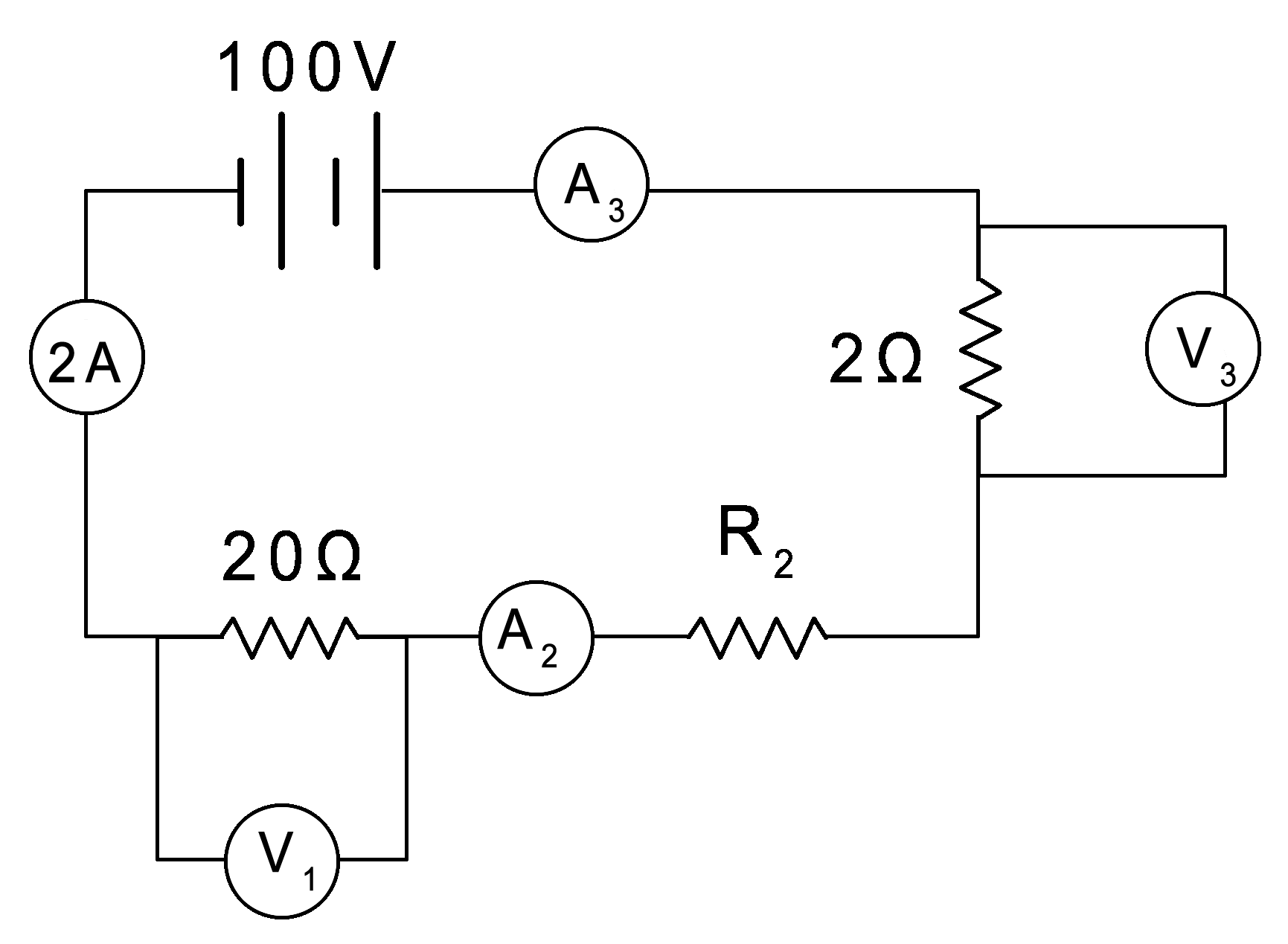
advantages of a series circuit
A series circuit with a voltage source (such as a battery, or in this case a cell) and three resistance units. Two-terminal components and electrical networks can be connected in series or parallel.The resulting electrical network will have two terminals, and itself can participate in a series or parallel topology.Whether a two-terminal "object" is an electrical component (e.g. a resistor) or.
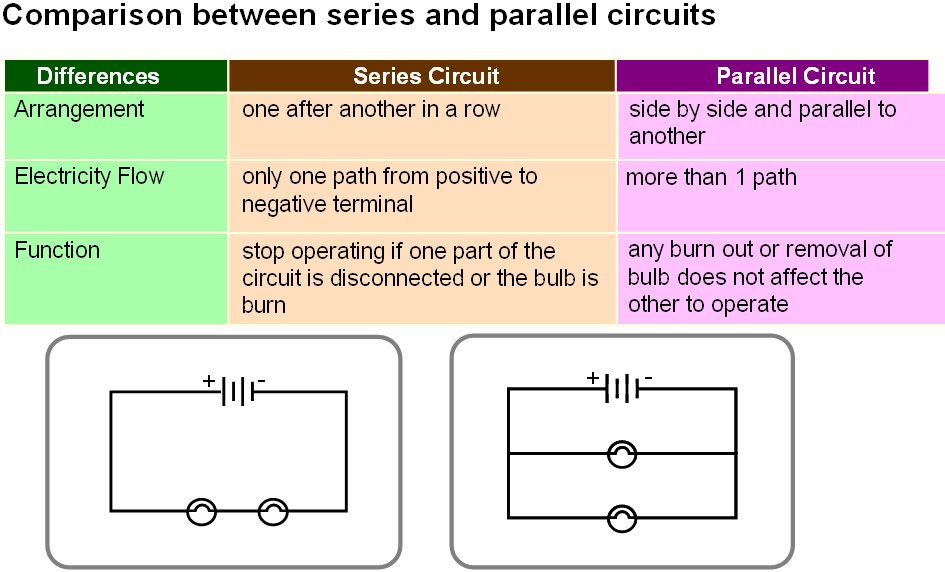
SMK Datuk Menteri SAINS PMR Quick Refresh ;series and parallel
There are several advantages to using series circuits: Simple to construct: Series circuits are relatively simple to construct, as the components are simply connected in a single line. Efficient: Series circuits are efficient, as the current is the same at all points in the circuit. This means that there is no loss of power due to resistance.

PPT Electricity and PowerPoint Presentation, free download
A series circuit provides exactly one path between any two points for electric current. These circuits have the advantage of making each component very dependent on the other components. This means that if one component is removed, all of the components turn off. While this is generally a bad idea (it would be obnoxious to have a light bulb.

What Are The Advantages Of Series Circuits And Parallel Circuit Diagram
Series Circuits. A series circuit consists of a string of two or more components connected in a loop; The advantages of a series circuit are:. All of the components can be controlled by a single switch; Fewer wires are required; The disadvantages of a series circuit are:. The components cannot be controlled separately; If one component breaks, they will all stop working as well
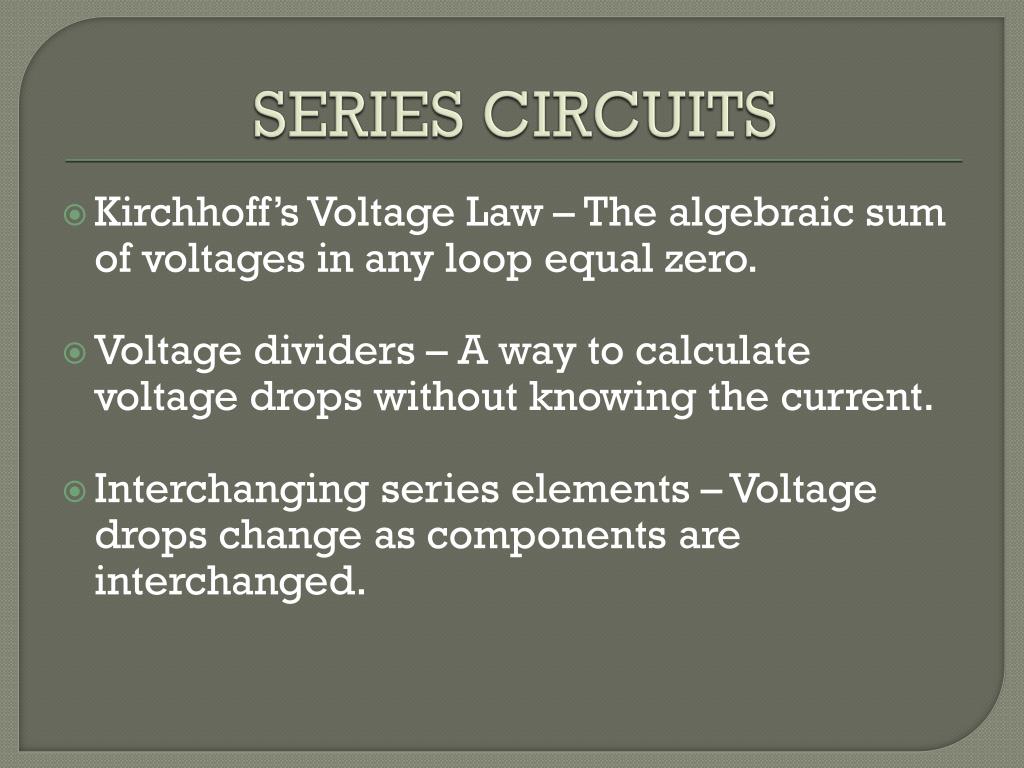
PPT SERIES CIRCUITS PowerPoint Presentation, free download ID1820091
Unlike a series connection, which is all or none, a parallel circuit connection provides the flexibility of individual switches for each load and appliance. Parallel connections offer more resistance to the flow of current compared to series connections. Disadvantages of Series Lighting Circuit.

What Are Some Advantages And Disadvantages Of Parallel Series Circuits
A series circuit is a fundamental type of electrical circuit that connects components in a linear sequence, one after the other, with a single path for the current to flow through. In this article, we will explore the characteristics, advantages, and disadvantages of series circuits. Characteristics of Series Circuits. Series circuits have the.

PPT Electricity PowerPoint Presentation, free download ID3403435
This is a classic example of a series circuit. In a series circuit, electrical components are connected in a single, continuous loop. This means that the current (the flow of electric charge) has only one path to take. If any part of the circuit is broken or a component fails, the entire circuit stops working, just like those Christmas lights.

What are the advantages of a series circuit? Brainly.in
A series circuit shares the same current among components; a parallel circuit shares the same voltage. Power Sources in Series versus Parallel - Electrical circuits deliver electrical power from a source to devices that use it, such as a light bulb or a speaker. Circuits come in two basic varieties, series and parallel; each type has advantages and disadvantages for managing voltage and current.
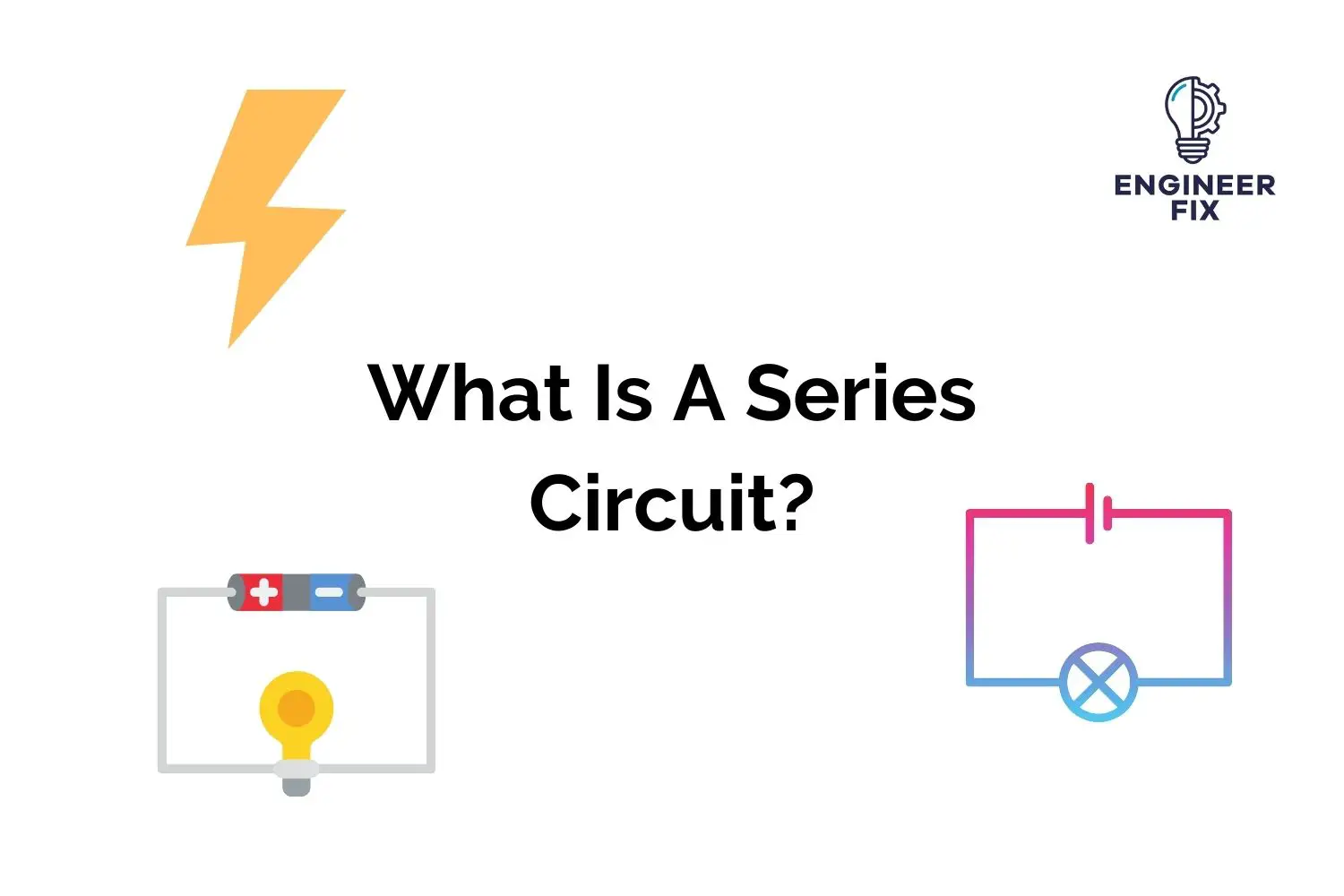
What is a Series Circuit? Advantages, Disadvantages and Examples
Different advantages of the series circuit over parallel circuit are as follows: In a series circuit, each circuit element has the identical current magnitude passing through it. Voltage sources of any magnitude can be linked together in a series combination. Overall voltage can be increased in series circuit easily.

PPT Physics Year 10 Electricity PowerPoint Presentation, free
Easy to Set Up - One of the biggest advantages of a series circuit is that it's easy to set up. You simply connect the components in a line, and the current flows through each one in turn. This makes series circuits a great choice for simple electrical systems.

What Are The Advantage Of Series Circuit Circuit Diagram
series circuit, if a lamp breaks or a component is disconnected, the circuit is broken and all the components stop working. Series circuits are useful if you want a warning that one of.

Advantage Of Series Circuit Advantages And Disadvantages Of A Series
There are a number of advantages and disadvantages to why we would use a series circuit over a parallel circuit. Let's start by taking a look at what a series circuit actually is. What is a Series Circuit? A series circuit is a simple electrical circuit that only has one path for current to flow through.

What is a Series Circuit? Advantages, Disadvantages and Examples
Introduction to the advantages of series circuit. #1: Simple to Understand and Construct. #2: Energy Conservation. #3: Increased Voltage Drop. #4: Easy to Troubleshoot. #5: Cost-Effective. Conclusion: The Advantages of Using a Series Circuit in Electrical Projects. FAQs about the advantages of series circuit.

What Are The Advantages Of Using A Loop Parallel Circuit Over Series
The main advantages and disadvantages of series circuits are: Advantages. Simple design: Easy to set up and understand, with minimal components and connections. Current conservation: The same current flows through all components, simplifying calculations. Disadvantages. Dependency: Failure of one component affects the entire circuit, as current.
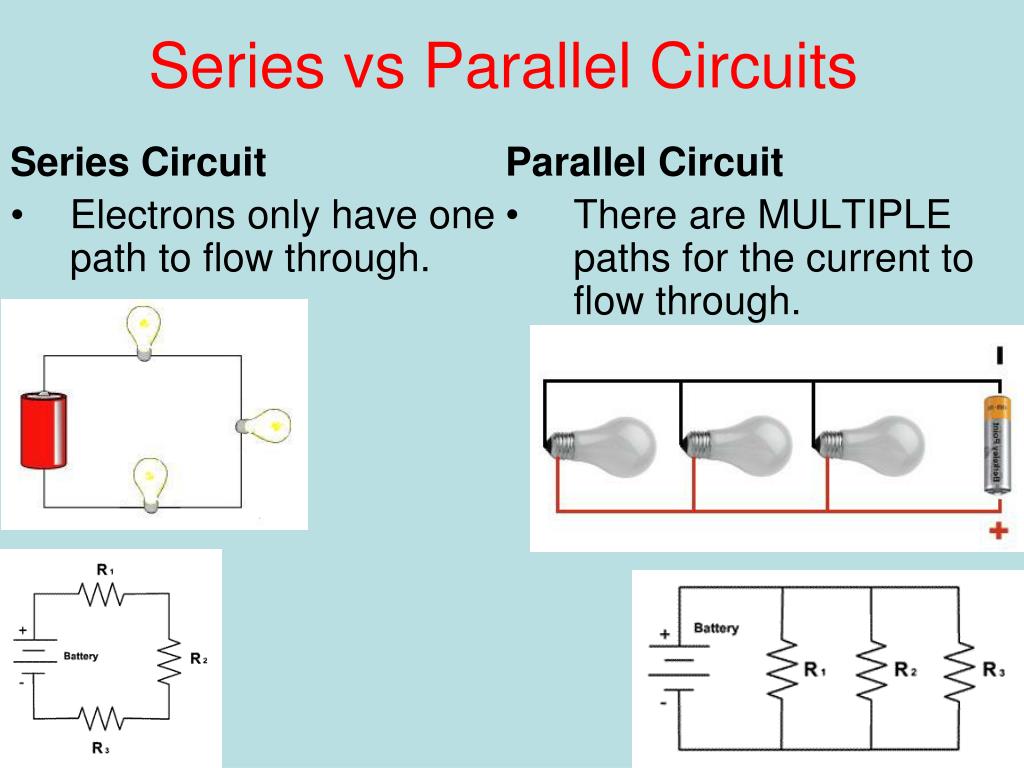
What Are The Pros And Cons Of Series Parallel Circuits Wiring Diagram
Flexi Says: Series circuits are usually used for single devices and their switches, which may also include detectors like thermostats that are used to switch the device on or off. For example, refrigerators and freezers use single circuits that include a compressor (which cools the air) and a temperature switch.